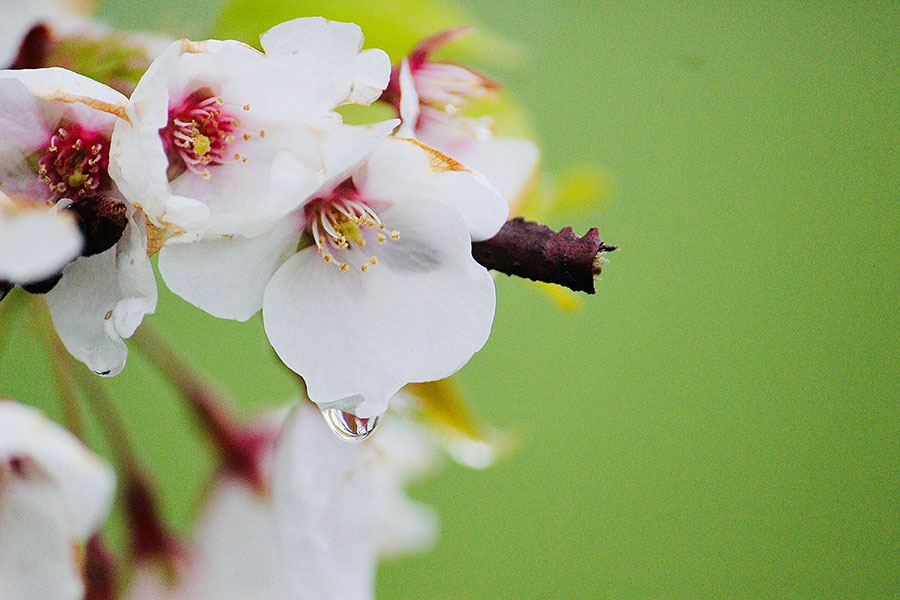春天来了,你知道哪些关于春天的成语吗 The whisper of spring: Chinese idioms to help your vocabulary bloom
The Beijinger 2024-03-25 17:12


Even though the pandemic has forced us inside more than usual this spring, that doesn't mean that your vocabulary has to wither and die. In fact, the extra downtime presents the perfect opportunity to brush off your Chinese vocabulary and let your idioms blossom – an art that the Chinese literati reveled in, never failing to find new ways of describing or rejoicing in the arrival spring.
Below are some of our favorites, each conjuring a world as lush as a garden in full bloom, and perfect to drop casually into your conversation when you're next taking a stroll around one of the city's parks.
春暖花开 chūn nuǎn huā kāi - 'Warm spring weather arrives and the flowers blossom.'
春寒料峭 chūn hán liào qiào - 'A sudden cold snap in spring sends a shiver down your spine.'
春和景明 chūn hé jǐng míng - 'The weather is mild and comfortable in spring and the scenery is colorful and bright.'
春雨贵如油 chūn yǔ guì rú yóu - 'Spring precipitation is more precious than the grease.' This speaks to how rainfall in spring is integral to a good harvest later in the year.
春无三日晴 chūn wú sān rì qíng - 'In the spring there are less than three consecutively sunny days.' 三 sān here doesn't necessarily mean three, but rather 'a few.' This speaks to how springtime weather is often very variable.
阳春三月 yáng chūn sān yuè - This refers to the third month in the lunar calendar, a time synonymous with the arrival of spring.
草长莺飞 cǎo zhǎng yīng fēi - 'The grass grows and the warbler flutters.' A popular phrase that is used to describe the lively and joyful nature of a spring scene.
百花齐放 bǎi huā qí fàng - 'Hundreds of flowers blooming at the same time.' An exaggerated way to depict nature's rebirth during spring. When followed by
百家争鸣 bǎi jiā zhēng míng, the idiom is used to describe a time awash with new and diverse thoughts and values.
姹紫嫣红 chà zǐ yān hóng - 'Brilliant purples and reds.' An idiom frequently used to describe the color of flowers.
一年之计在于春 yī nián zhī jì zài yú chūn - 'The year's planning starts at spring.' A traditional proverb that dates back to the Tang dynasty and is often followed by 一日之计在于晨 yī rì zhī jì zài yú chén, 'A day's planning starts in the morning.'
春色恼人 chūn sè nǎo rén - 'The annoying beauty of the spring.' Stunning views don't necessarily always trigger joyfulness – when deep in sorrow, spring's ebullience can prove even more grating.
春山如笑 chūn shān rú xiào - 'Mountains in spring look like a smile.' Northern China's ridgelines usually look rugged and stark in the winter but are smoothed and decorated with new leaves and flowers in the early spring.
来源:The Beijinger
编辑:万月英

















 英语点津微信
英语点津微信 双语小程序
双语小程序